The FTC guidelines regarding endorsements and testimonials that were updated in December have been the cause of a lot of concern and confusion among the industry, and this continues to do this day. A lot of the confusion has been around how the guidelines apply to social media use.
I sat in on a session at SXSW recently that featured FTC lawyer, Mary Engle, and had an audience comprised of a nice mix of bloggers, advertisers, lawyers, social media marketers, and people from some big-name companies. A common theme among audience participants was concern about being able to comply with the guidelines, when employee social media use is basically out of the company’s control. For example, if an employee posts a status update on their personal account in their own free time, and happens to mention how great one of the company’s products is, without disclosing that they are an employee, how does a company control this? Who is liable? Engle says the individual has some responsibility, but in terms of where the FTC is looking, it’s at the company.
The FTC’s stance is essentially that companies should have a clear policy in place that advises against such a practice. Based on the discussion from this panel, the FTC realizes that companies can’t completely control employee behavior, but as long as they have such a policy, and that is clearly laid out, the company will not likely get into trouble for this. However, companies are encouraged to take necessary action when such behavior is discovered.
"If part of their job is to be out there in social media, than you should absolutely identify yourself. It has to be where the user can see it," says Engle. "The reader needs to see it."
Sidenote: WebProNews also interviewed Jordan Mitchell of the Rubicon Project, who had some other things to say about the FTC guidelines:
The intent of the SXSW session was to be very causal, and to clarify what the guidelines mean, and clear up as much confusion as possible. In some ways, it was probably successful, but in others, there seemed to be a fair amount of confusion remaining, simply because there is so much gray area around the guidelines, a fact the FTC openly admits. "We try to pick black and white examples, recognizing there’s a lot of gray in between, which is always the case…In the real world, there’s lots of things in the middle, that we’re not in a position to offer guidelines on." says Engle.
To make a long story short, a lot of the answers to audience questions regarding the guidelines were answered with a resounding, "It depends…"


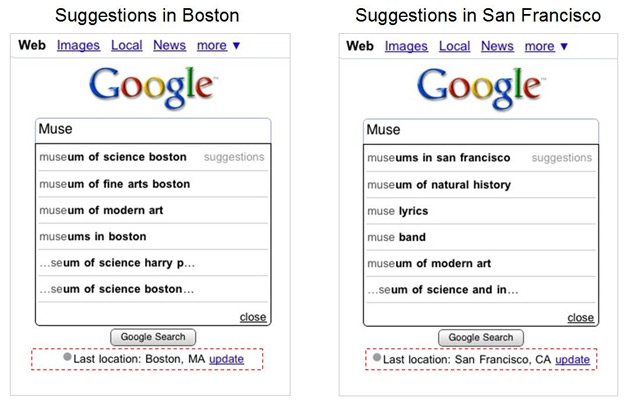
 "We’ve received a tremendous response from the hundreds of advertisers who’ve been using it in recent months, across all industries – including automotive, retail, local and finance,"
"We’ve received a tremendous response from the hundreds of advertisers who’ve been using it in recent months, across all industries – including automotive, retail, local and finance,"  The
The  "This study found that behaviorally-targeted advertising is a critical component of ad network, publisher and advertiser success," said
"This study found that behaviorally-targeted advertising is a critical component of ad network, publisher and advertiser success," said 
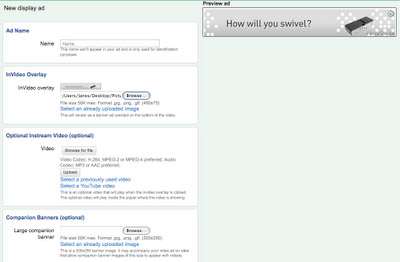
 According to
According to 
 As far as Google indexing and mobile sites goes, Google’s Matt Cutts says, "If you can find a way where your existing site will work well in mobile browsers, we’re not worrying about supporting two completely different sites."
As far as Google indexing and mobile sites goes, Google’s Matt Cutts says, "If you can find a way where your existing site will work well in mobile browsers, we’re not worrying about supporting two completely different sites." 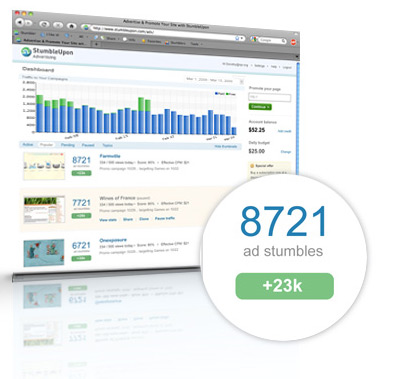 "With StumbleUpon Advertising, we’re solving the challenge of how advertisers can get more content that is relevant and impactful in front of their targeted audiences," says StumbleUpon CEO and Founder Garrett Camp. "We are dedicated to providing the tools that help advertisers identify and reach their audiences, measure campaigns effectively and gain real-time user feedback."
"With StumbleUpon Advertising, we’re solving the challenge of how advertisers can get more content that is relevant and impactful in front of their targeted audiences," says StumbleUpon CEO and Founder Garrett Camp. "We are dedicated to providing the tools that help advertisers identify and reach their audiences, measure campaigns effectively and gain real-time user feedback."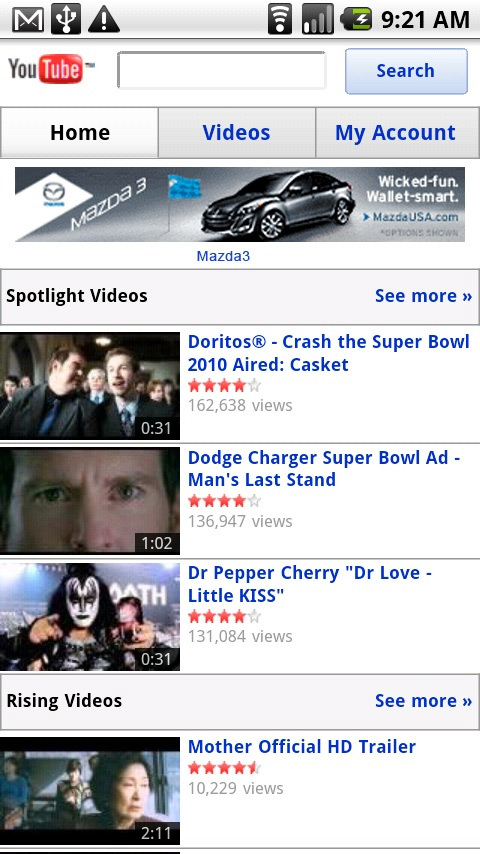
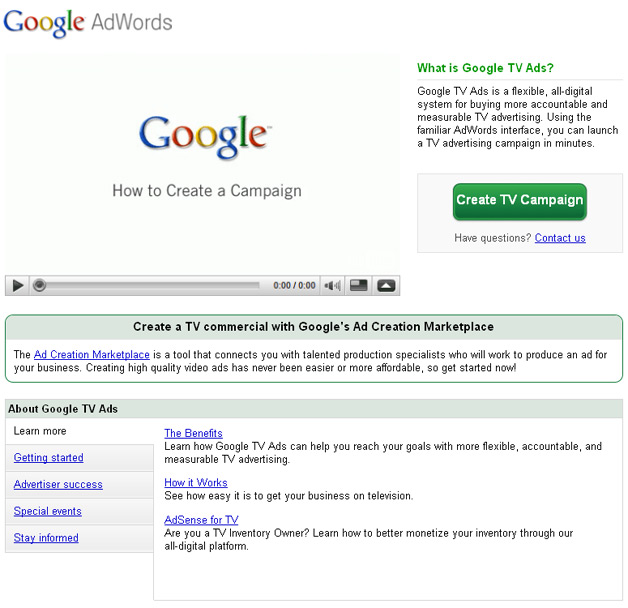



 “Working with us, Omniture has been able to develop a rich and immersive set of tools that will help our clients better understand the value of their Facebook advertising campaigns,” said Dan Rose, Facebook’s vice president of business development and monetization.
“Working with us, Omniture has been able to develop a rich and immersive set of tools that will help our clients better understand the value of their Facebook advertising campaigns,” said Dan Rose, Facebook’s vice president of business development and monetization. 
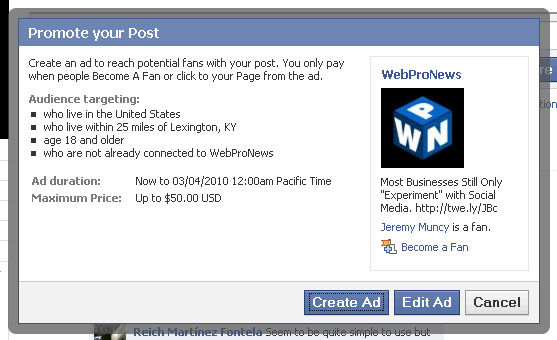
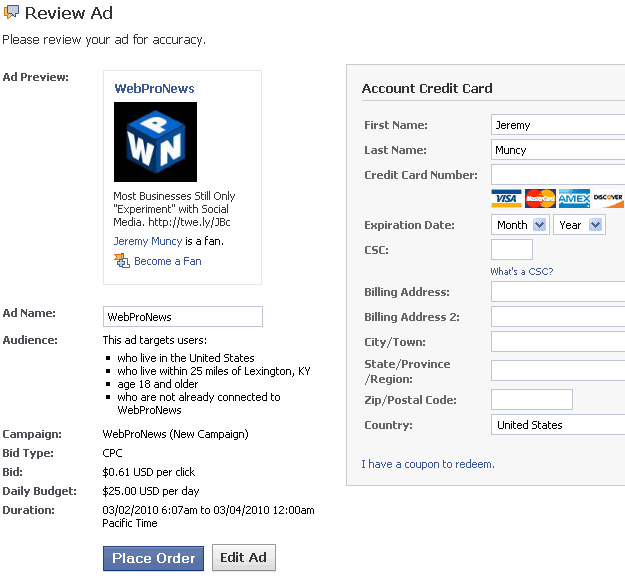
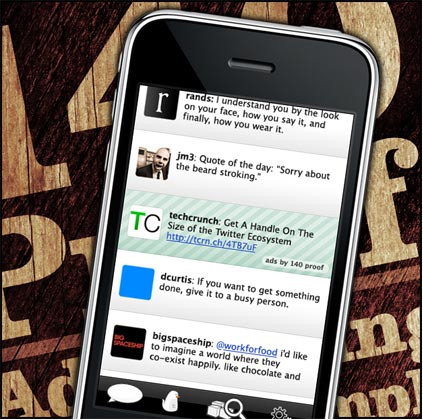 "The Proof network aggregates the Twitter client and application ecosystem (roughly 100+ million Twitters users) and then segments users into a dynamic audience that advertisers can buy the same way they buy keyword advertising," a representative for the company tells WebProNews. "Advertisers are excited to final have a mechanism for extended their conversations on the Twitter social network and the Twitter ecosystem is eager to have a targeted, non-obtrusive advertising solution that allows them to monetize their applications while still respecting the ethos of the Twitter community."
"The Proof network aggregates the Twitter client and application ecosystem (roughly 100+ million Twitters users) and then segments users into a dynamic audience that advertisers can buy the same way they buy keyword advertising," a representative for the company tells WebProNews. "Advertisers are excited to final have a mechanism for extended their conversations on the Twitter social network and the Twitter ecosystem is eager to have a targeted, non-obtrusive advertising solution that allows them to monetize their applications while still respecting the ethos of the Twitter community."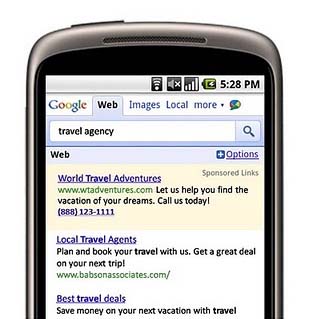
 "The health and safety of U.S. consumers must be protected from inappropriate and potentially harmful use of digital marketing applications that have been embraced by pharmaceutical and health marketers," said Jeff Chester, Executive Director,
"The health and safety of U.S. consumers must be protected from inappropriate and potentially harmful use of digital marketing applications that have been embraced by pharmaceutical and health marketers," said Jeff Chester, Executive Director,